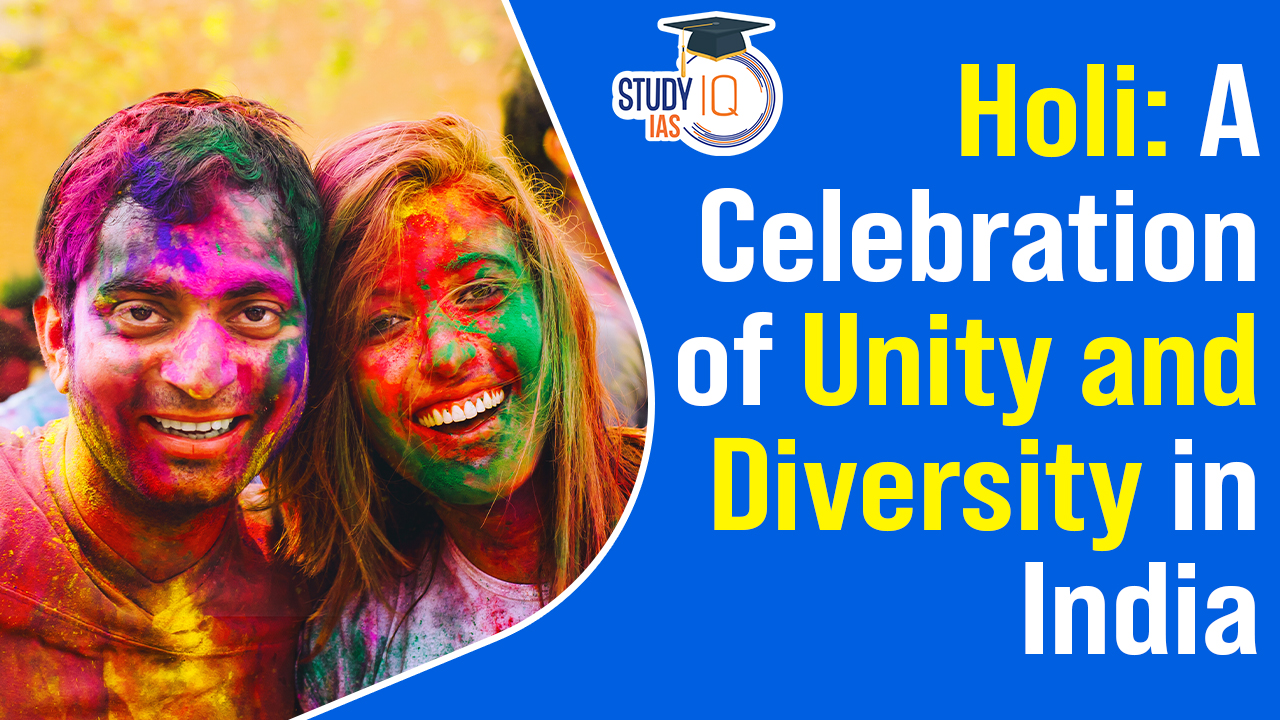Table of Contents
Holi, known as the “Festival of Colors,” is one of the most vibrant and joyous festivals celebrated across India. It marks the arrival of spring and symbolizes the triumph of good over evil. Holi is celebrated with colorful powders, water splashes, music, and festive food, bringing people together in a spirit of unity and happiness.
In 2025, Holi will be celebrated on March 14, 2025 (Friday), with Holika Dahan taking place on the evening of March 13, 2025 (Thursday). Let’s explore the detailed significance, dates, and auspicious timings for Holika Dahan in 2025.
Holi Festival 2025 Date and Holika Dahan Muhurat
Holi is celebrated on the full moon day (Purnima) of the Hindu lunar month of Falgun. The festival is spread over two days:
Holika Dahan (Chhoti Holi): March 13, 2025 (Thursday)
Rangwali Holi (Main Holi): March 14, 2025 (Friday)
Holika Dahan Shubh Muhurat (Auspicious Timings)
According to the Drik Panchang, the most favorable time for Holika Dahan is after sunset during Pradosh Kaal when the full moon is visible. Performing Holika Dahan during Bhadra Kaal is avoided as it is considered inauspicious.
- Purnima Tithi Begins: March 13, 2025, at 10:35 AM
- Purnima Tithi Ends: March 14, 2025, at 12:23 PM
- Holika Dahan Muhurat: From 11:26 PM on March 13 to 12:19 AM on March 14 (53 minutes)
- Bhadra Timings:
- Bhadra Punchha: From 06:57 PM to 08:14 PM
- Bhadra Mukha: From 08:14 PM to 10:22 PM
Biggest Discount on All UPSC Courses – Holi Sale!
Celebrate Holi with StudyIQ’s biggest festive sale! Get massive discounts on all UPSC courses using the code ANKITLIVE. Enroll in top courses like UPSC IAS Live GS Foundation 2025 and SIP+ 2025 with live classes, expert mentorship, comprehensive study material, and test series. Enjoy features like 1000+ hours of live classes, answer writing programs, interview guidance, and more. Admissions close on 15th March 2025—don’t miss out on this golden opportunity!
Mythology Behind Holi
The mythology behind Holi is deeply rooted in Hindu scriptures and legends, with several narratives woven into the fabric of this vibrant festival. Here are some key mythological stories associated with Holi:
Prahlad and Hiranyakashipu
- Prahlad, a devout follower of Lord Vishnu, was the son of the demon king Hiranyakashipu.
- Despite his father’s attempts to dissuade him, Prahlad remained steadfast in his devotion to Vishnu.
- The legend culminates in Prahlad’s miraculous escape from various attempts on his life by his father, symbolizing the victory of good over evil.
Burning of Holika
- Holika, Hiranyakashipu’s sister, had a boon making her immune to fire.
- In an attempt to kill Prahlad, Holika sat on a pyre with him, but divine intervention resulted in her demise while Prahlad remained unharmed.
- This event is commemorated by the burning of bonfires on the eve of Holi, symbolizing the triumph of virtue over vice.
Krishna’s Playful Antics
- Lord Krishna, in his playful nature, applied color on Radha’s face, initiating the tradition of playing with colors during Holi.
- This playful aspect of Holi reflects the joyous spirit of the festival and the bonds of love shared between friends and family.
Legend of Kamadeva
- Kamadeva, the god of love, once attempted to disrupt Lord Shiva’s meditation by shooting an arrow of love at him.
- In retaliation, Shiva opened his third eye and reduced Kamadeva to ashes.
- However, Kamadeva was resurrected due to his wife Rati’s plea, symbolizing the power of love and the cycle of life and death.
Regional Variations of Holi
Regional variations of Holi across India showcase the diverse cultural tapestry of the country:
| Region | Description |
| Braj Region (Uttar Pradesh) |
|
| Bengal |
|
| Maharashtra |
|
| Punjab |
|
| Manipur |
|
| Orissa |
|
| Gujarat |
|
| South India |
|
Global Celebrations of Holi
- Cross-Cultural Embrace:
- Holi’s popularity transcends borders, celebrated globally in countries like the United States, the United Kingdom, Canada, and Australia.
- Diaspora communities organize vibrant Holi events, inviting people from diverse backgrounds to partake in the festivities.
- Cultural Exchange:
- Holi serves as a platform for cultural exchange, fostering understanding and appreciation of Indian traditions and values.
- International celebrations often feature Indian music, dance, cuisine, and colorful powder throwing, creating a fusion of cultures.
- Tourism and Commerce:
- Global Holi celebrations attract tourists seeking unique cultural experiences, boosting local economies through tourism and commerce.
- Travel agencies and event organizers offer Holi-themed tours and packages, catering to the growing demand for immersive cultural experiences.
- Promotion of Diversity:
- Holi celebrations abroad promote diversity and inclusivity, bringing people of different backgrounds together in a spirit of unity and joy.
- These events provide an opportunity for communities to learn about Indian culture, fostering cross-cultural dialogue and understanding.
Significance of Holi
Holi holds profound significance in Indian culture, symbolizing various themes and values. Here are the key significances of the festival:
- Celebration of Spring: Holi marks the arrival of spring, symbolizing renewal, growth, and the blossoming of nature.
- Triumph of Good over Evil: The festival commemorates the victory of good over evil through mythological tales like Prahlad and Hiranyakashipu, emphasizing righteousness prevailing over malevolence.
- Forgiveness and Reconciliation: Holi is a time for forgiveness and reconciliation, promoting harmony and goodwill as people set aside past grievances.
- Unity in Diversity: Holi unites people from diverse backgrounds, transcending barriers of caste, creed, and social status to foster mutual respect and understanding.
- Joy and Celebration: Holi is synonymous with exuberant revelry, marked by vibrant colors, music, dance, and communal joy.
- Preservation of Cultural Heritage: As one of India’s oldest festivals, Holi preserves ancient traditions and customs, enriching the country’s cultural heritage.
- Renewal of Relationships: Holi provides an opportunity to strengthen bonds of friendship and familial ties through the sharing of affection, sweets, and greetings.


 Topological Materials: The Future of Qua...
Topological Materials: The Future of Qua...
 China’s Deep Sea Station in South Chin...
China’s Deep Sea Station in South Chin...
 Project ICE-CRUNCH: India-Switzerland Co...
Project ICE-CRUNCH: India-Switzerland Co...





















